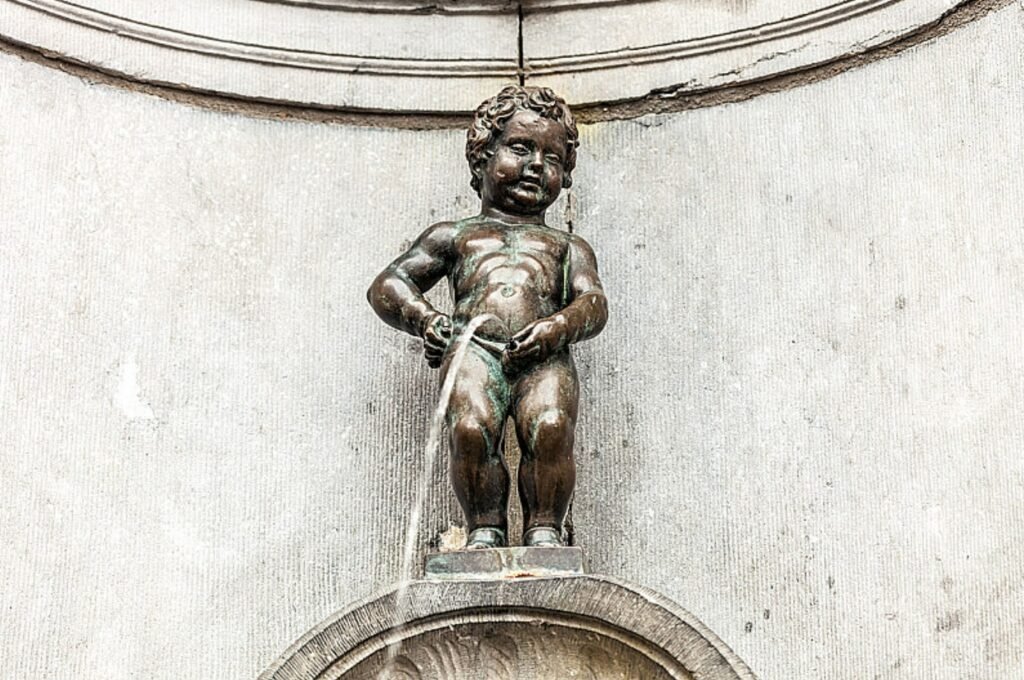Introduction to Belgium:
Belgium is located in Western Europe, connecting Germany, France, the UK, and the Netherlands, earning its title as the “Heart of Europe” due to its strategic geographical position. Brussels is the capital and largest city, hosting the headquarters of international organizations such as the European Union and NATO. As one of the six founding countries of the EU, Belgium proudly stands as the capital of Europe.
Personal Impression:
This is a charming little country that may seem inconspicuous on the vast European continent, but it truly embodies the essence of European culture. I love its quirky spirit and the blend of diverse cultures. The creative culinary scene is another highlight for me, as is the vibrant atmosphere found in its cities. Belgium is a place to savor slowly. I especially recommend the city of Bruges. Spending 2 to 3 nights there is ideal for taking your time to explore, and there’s something exhilarating about riding a bike through its quaint streets, feeling the joy of wandering solo.
Best Time to Visit:
Belgium generally enjoys a mild, oceanic climate, making it suitable for travel year-round. However, the best time to explore Belgium is from May to August. During this period, the temperatures are pleasant, and the days are long, offering perfect conditions for sightseeing.
Clothing Guide:
In summer, the weather in Belgium is usually comfortable, with temperatures not getting too hot. You can wear shorts, short-sleeved shirts, or long skirts. However, the weather can change quickly, so it’s wise to carry a light jacket and rain gear just in case. In winter, temperatures drop, averaging between 0°C and 6°C (32°F to 43°F), so be sure to wear warm clothing like jackets and sweaters, and don’t forget to bring a scarf and hat to keep out the chill.
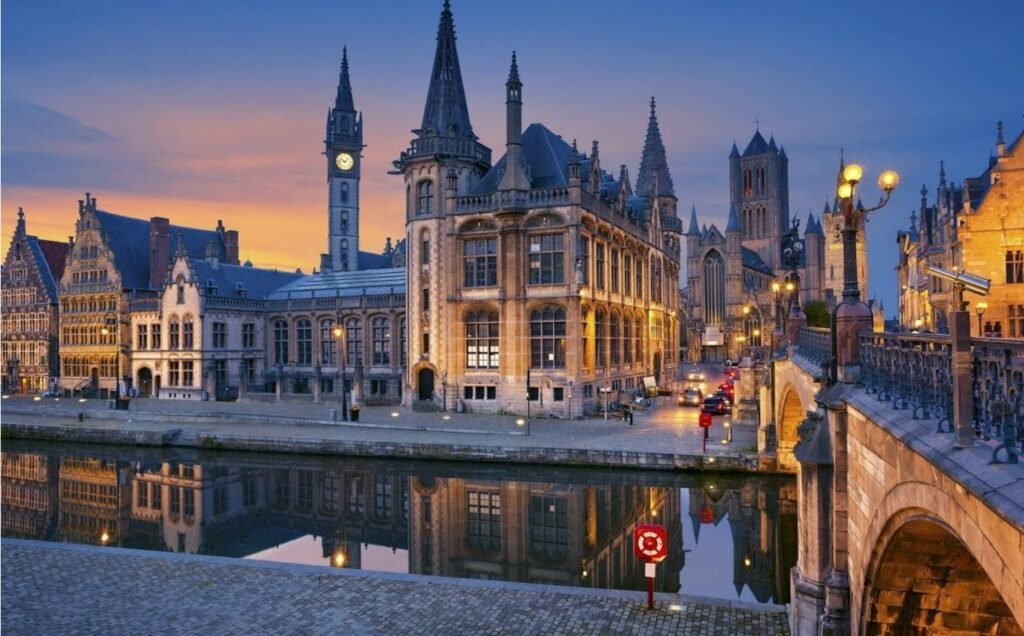
Brussels
Brussels, the capital of Belgium, is the country’s largest city and serves as the capital of the Flanders region and the center of the French-speaking community. Thanks to its unique geographical location, Brussels is widely recognized as the “capital of Europe,” making it a preferred hub for various international organizations. The headquarters of the European Union, NATO, and around 1,400 international NGOs and large multinational corporations are all based here.
Strolling through Brussels, you’ll encounter a variety of architectural styles that seamlessly blend surrealism with bold innovation. The city has a pentagonal shape, divided into the Upper Town and Lower Town. The Upper Town is built on a slope, showcasing the Louis XVI-style Royal Palace, the Royal Square, Egmont Palace, the National Palace, the Royal Library, and the Museum of Modern and Ancient Art. The Lower Town is the commercial heart of the city, bustling with shops and lively activity.
Walking through the charming streets of Brussels, with their gleaming cobblestones, takes me back to my childhood. I can almost taste the sensation of biting into a liquor-filled chocolate. The towering postmodern skyscrapers and medieval Gothic architecture beautifully coexist in this city, much like a liquor-filled chocolate that artfully combines the boldness of a fine red wine with the smooth sweetness of chocolate, tantalizing the taste buds.
Brussels Attractions
The attractions in Brussels are mainly concentrated in two areas: around the Grand Place, where you can find the Town Hall, Royal Palace, Manneken Pis, and Galeries Royales Saint-Hubert; and around the Royal Square, which features the Brussels Park, the Musical Instruments Museum, and the Royal Art Museum. For visitors with limited time, a one-day tour can cover the major attractions in the city center, but a stay of 2-3 days is more suitable to fully explore Brussels. In addition to the mentioned areas, you can also visit Laeken Palace in the northern part of the city, the Atomium, and Mini-Europe.
Grand Place
The Grand Place is Belgium’s central square, established in the 12th century. In 1998, it was listed as a UNESCO World Heritage Site and is often regarded as one of the most beautiful squares in Europe. French writer Victor Hugo once praised it as “the most beautiful square in the world.” The Grand Place measures approximately 110 meters in length and 60 meters in width, surrounded by medieval guild buildings. The Town Hall, with its 90-meter tower, is the tallest structure in the square.
Today, the square remains vibrant and lively, with various cafes, chocolate shops, and restaurants lining its edges. On sunny days, both locals and tourists enjoy sitting here, soaking up the sun and the delightful atmosphere.
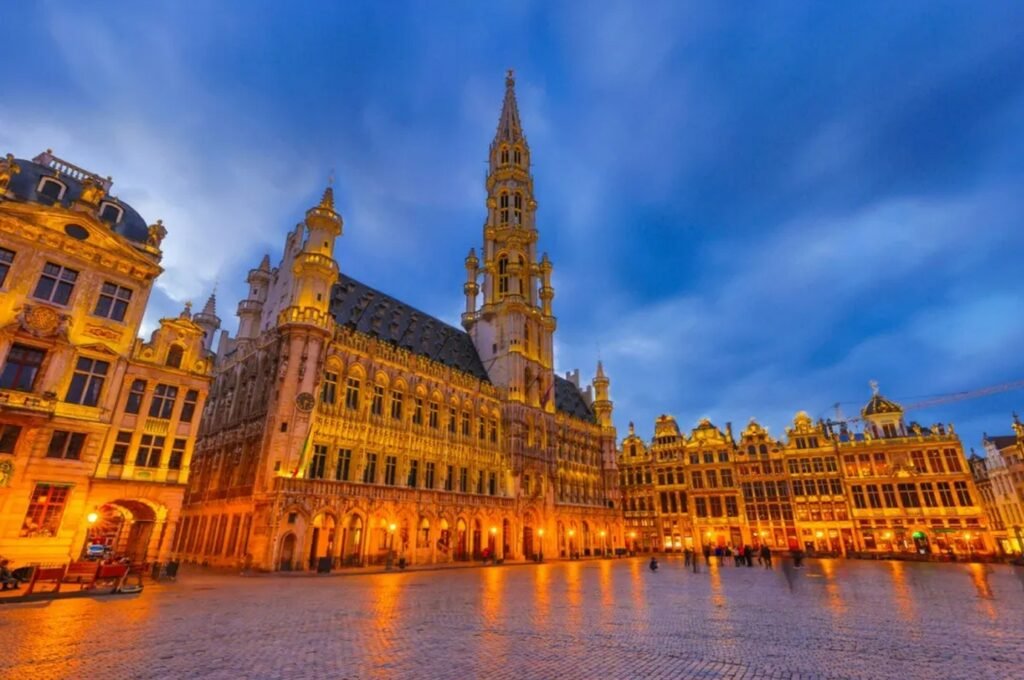

Town Hall (Hôtel de Ville)
The Brussels Town Hall (Hôtel de Ville) is the most striking building among the many structures in the Grand Place, serving as a symbol of the city. This Gothic-style building is a prominent landmark in Brussels. The construction was completed in two phases, with the larger left section built in 1402. The right section, completed in 1455 under the supervision of Philippe le Bon, features the tower and its 96-meter-high spire.
At the top of the spire stands a 5-meter-tall weather vane in the form of a statue representing Saint Michael, the patron saint of Brussels. According to legend, the lord of Brussels was saved from peril by Saint Michael, who was subsequently honored with the title of protector of the city.
Inside the Town Hall, the corridors are adorned with murals, showcasing numerous portraits, including those of Belgian monarchs and kings from countries that once ruled Brussels, such as Spain, the Netherlands, and France, along with a portrait of Napoleon. This rich artistic decoration reflects the historical significance of the building and its role in the city’s governance.
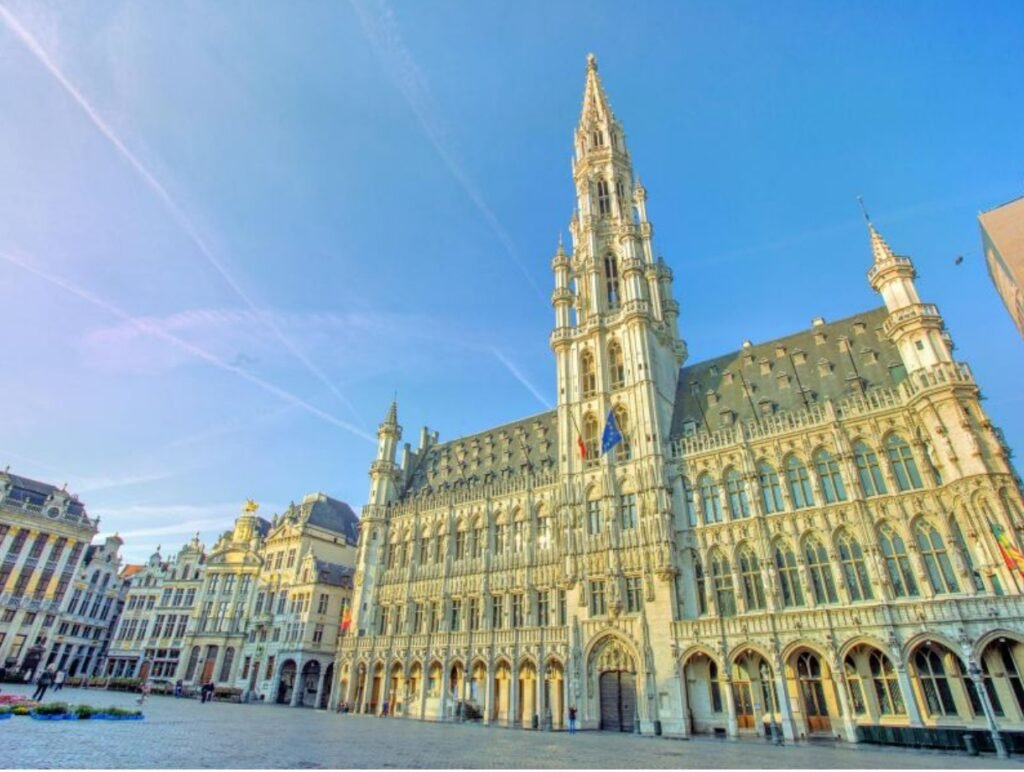
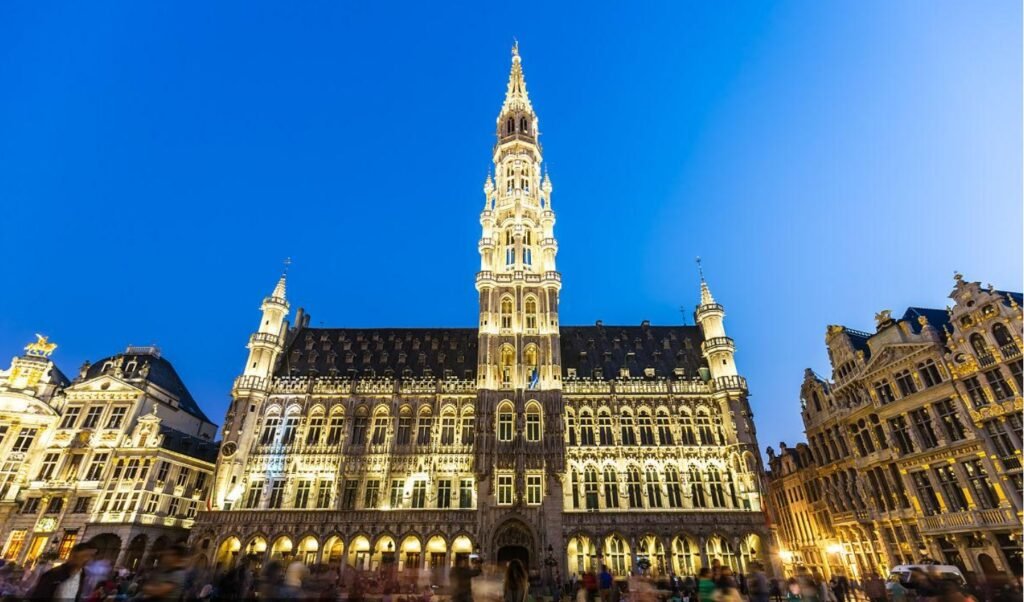
City Museum
The City Museum, housed in a Gothic-style building that originally served as a bread market, was rebuilt after its destruction in the 17th century. Today, it functions as a museum dedicated to the history of Brussels.
Inside, the museum displays a wealth of information and images chronicling the city’s history. However, the most captivating exhibit is located on the third floor, where visitors can find an impressive collection of costumes gifted to the famous Manneken Pis (the “pissing boy” statue) from various countries around the world. Each costume reflects the unique cultural characteristics of its origin, making this exhibition particularly intriguing and a must-see for visitors.
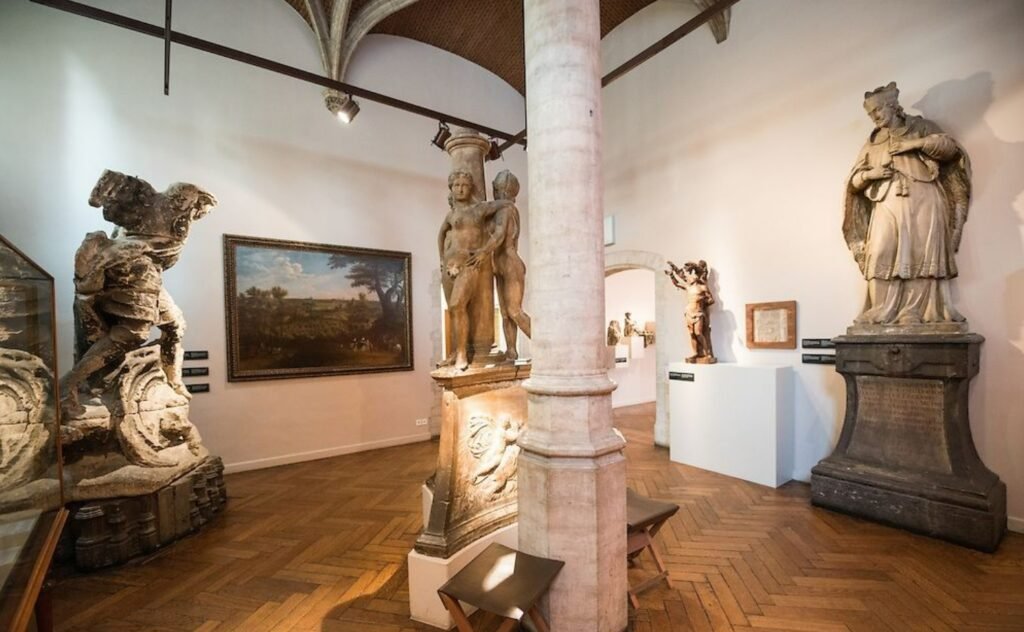
Manneken Pis
The Manneken Pis, a symbol of Brussels, has a history of nearly 400 years. Numerous legends surround this iconic statue, with the most popular tale recounting how Brussels was besieged by enemy forces. As the enemy set fire to the explosives along the city walls, the residents struggled to find a water source to extinguish the flames. In a moment of desperation, a young boy named Julien cleverly urinated on the fuse, dousing the flames and saving the city walls.
Grateful citizens hailed Julien as a hero, and thus the Manneken Pis became the mascot of Brussels. Today, this playful statue continues to capture the hearts of locals and tourists alike, embodying the city’s unique spirit and sense of humor.

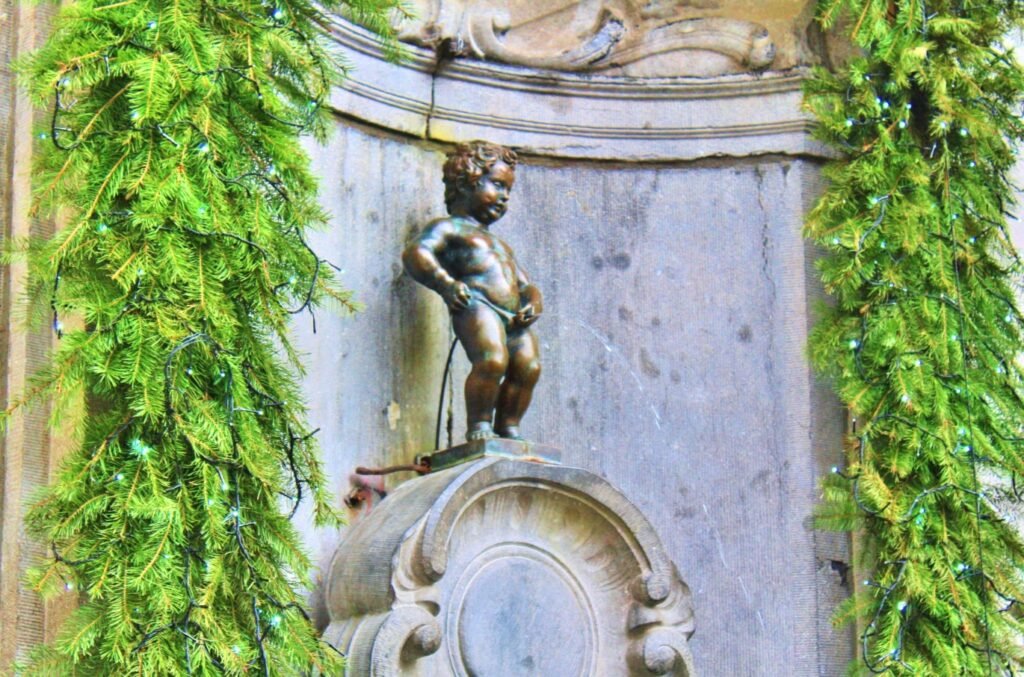
Musical Instruments Museum
The Musical Instruments Museum, housed in an impressive Art Nouveau building, boasts a collection of over 7,000 instruments from various regions across Europe, Asia, and Africa, spanning from ancient times to the 20th century.
The exhibitions are thoughtfully divided into several thematic sections, including “String and Keyboard Instruments,” “Western Music Arts,” “Traditional Instruments and Cultures,” and “Mechanical and Electronic Synthesizers.” This organization allows visitors to easily explore the historical evolution of musical instruments, providing a comprehensive understanding of humanity’s musical heritage. The museum not only showcases the beauty and diversity of instruments but also highlights their cultural significance, making it a must-visit for music enthusiasts and history buffs alike.
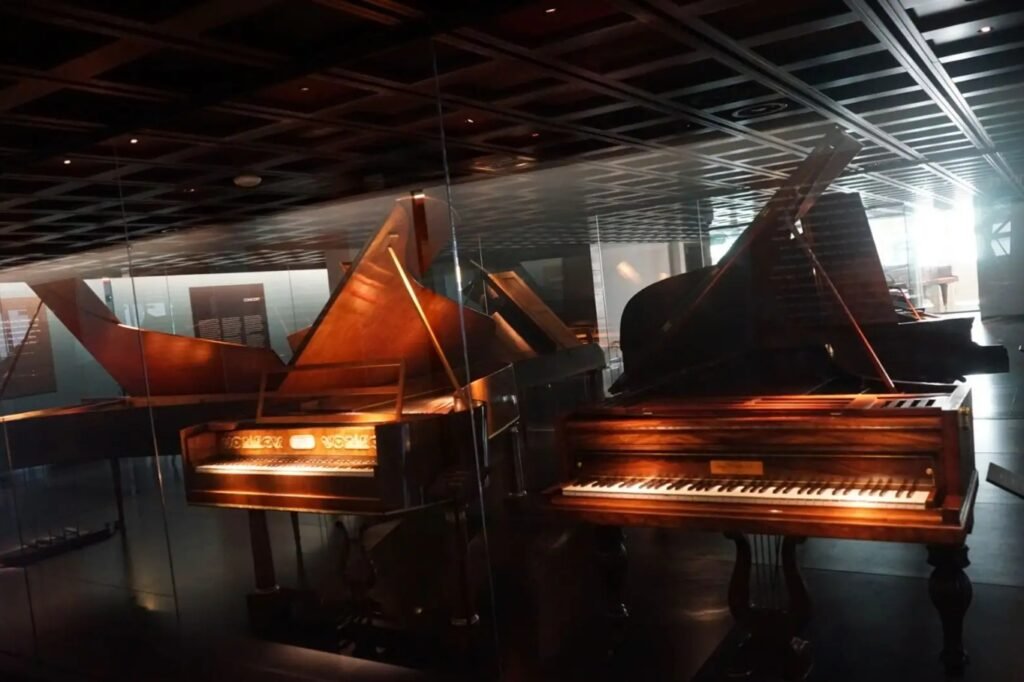
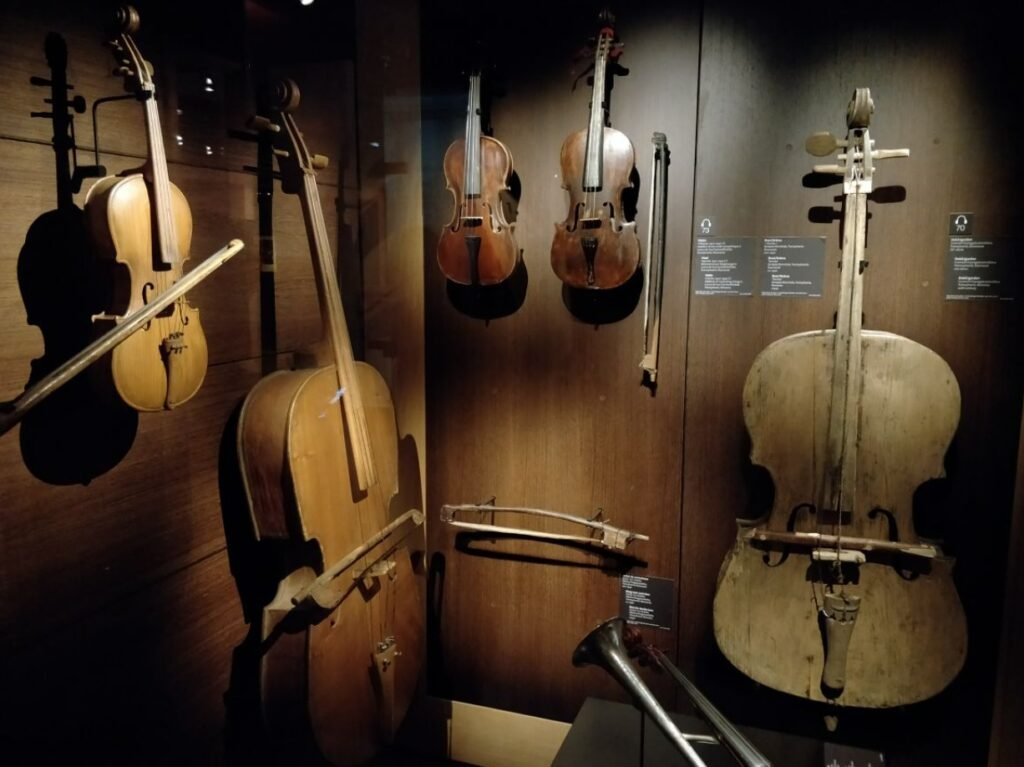
Royal Museum of Fine Arts of Belgium
The Royal Museum of Fine Arts of Belgium is the most significant art museum in the country, comprising two main sections: the Old Masters Museum and the Modern Museum. It houses an impressive collection of over 20,000 works of art, ranging from paintings and sculptures to oil paintings that date back to the 15th century.
One of the museum’s highlights is the “Rubens Room,” which proudly displays more than 20 oil paintings by the renowned artist Peter Paul Rubens. Additionally, visitors can admire Jacques-Louis David’s famous oil painting “The Death of Marat.” The museum offers a deep dive into Belgium’s rich artistic heritage, showcasing masterpieces that reflect the evolution of art through the centuries and the influence of notable Belgian artists.
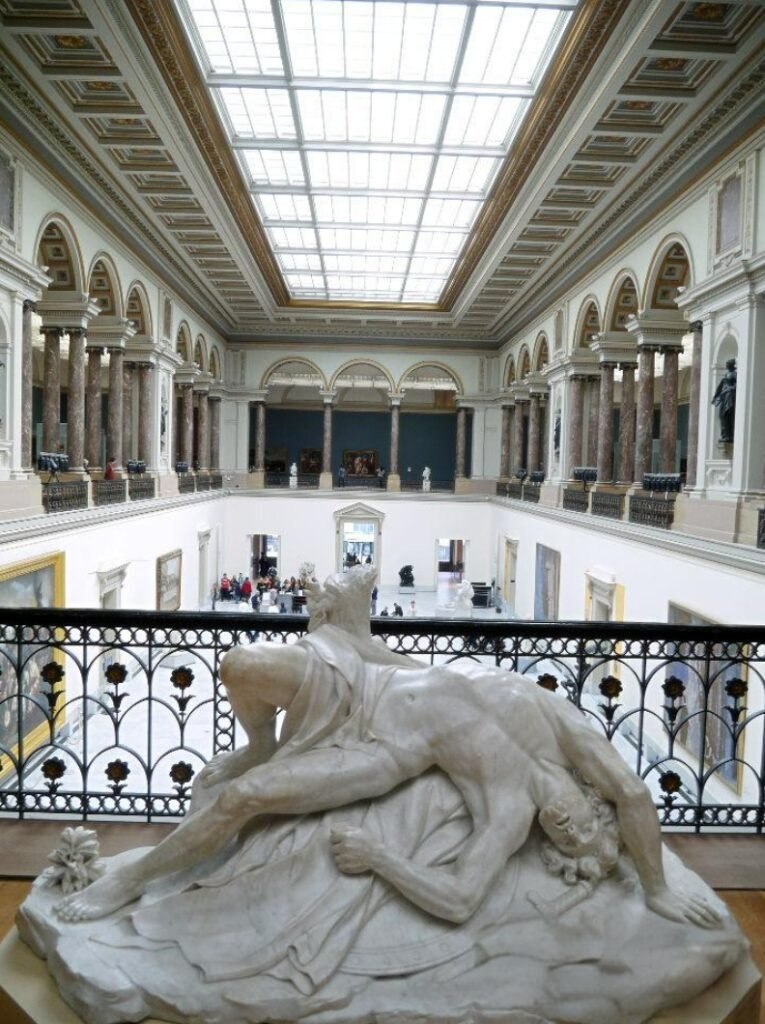

Belgian Comic Strip Center
The Belgian Comic Strip Center houses a collection of the country’s most beloved comic works. The gallery on the upper floor showcases the origins of Belgian comics, featuring iconic series such as The Adventures of Tintin, starting with its first installment, Tintin in the Land of the Soviets, created by Hergé in 1929.
Visitors can also explore post-World War II creations by cartoonist Willy Vandersteen, including Bob and Bobette, as well as Morris’s Western cowboy, Lucky Luke, and Peyo’s charming Smurfs. The exhibition provides a clear insight into the evolution of Belgian comic art, celebrating its cultural significance.
Designed by renowned Art Nouveau architect Victor Horta, the building not only accommodates the museum but also includes a shop, research library, and restaurant, making it a vibrant cultural hub for comic enthusiasts and visitors alike.
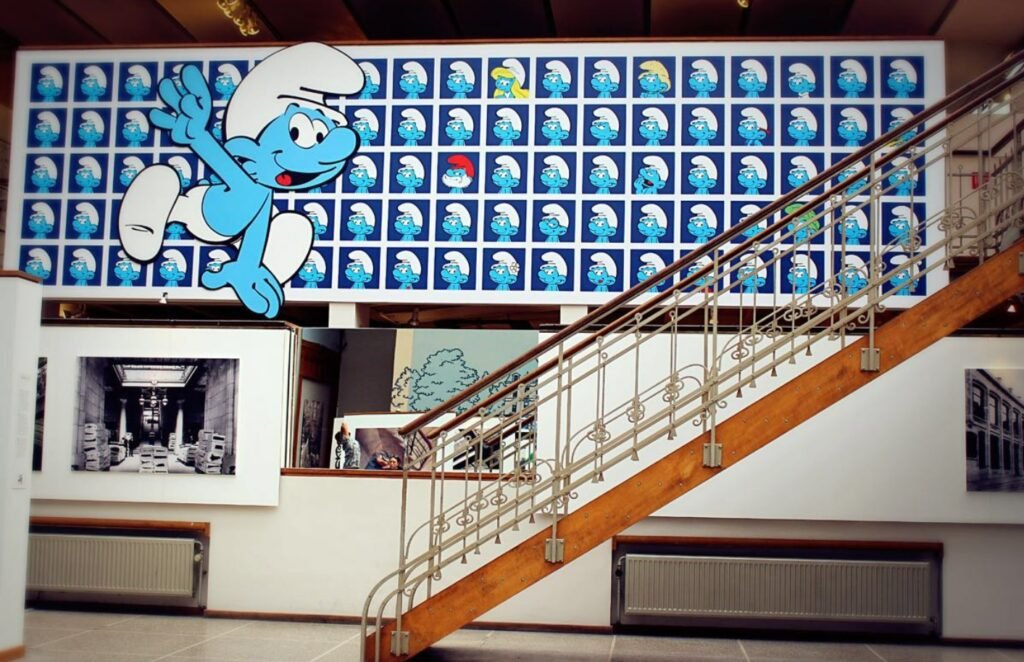
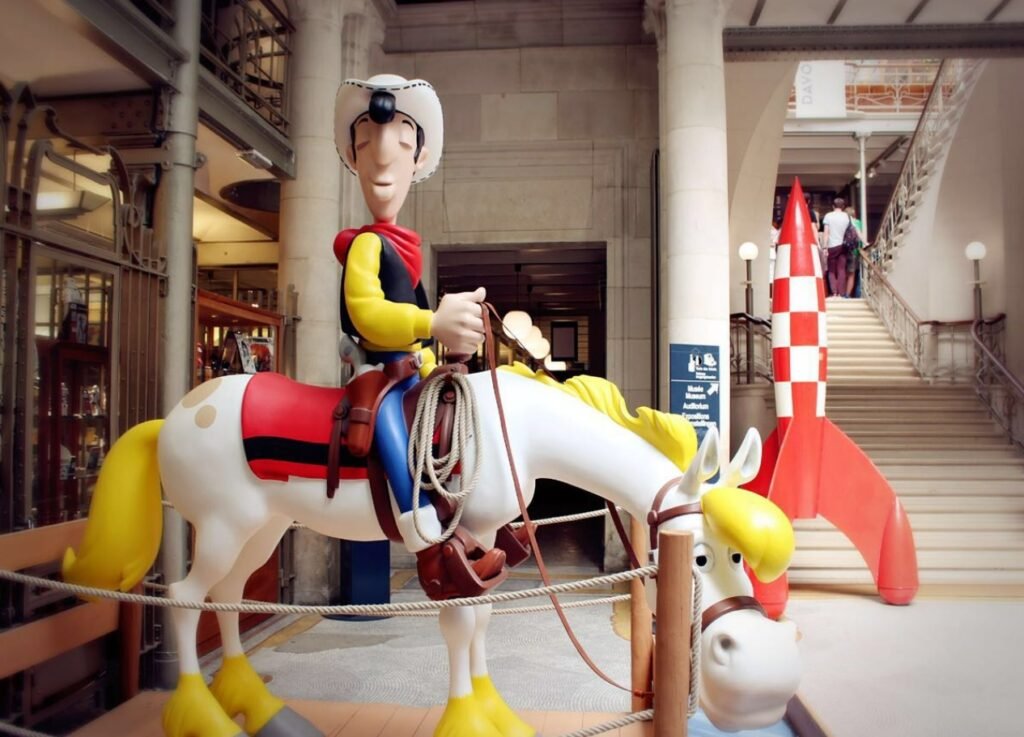
Saint Michael and Saint Gudula Cathedral
Perched on Treurenberg Hill in Brussels, the Saint Michael and Saint Gudula Cathedral serves as the seat of the Archdiocese of Mechelen-Brussels. It was originally established in the 11th century. Being located in the capital, this cathedral frequently hosts significant national Catholic ceremonies, such as royal weddings and state funerals.


Mini-Europe
Mini-Europe is nestled in the picturesque Brussels Park in the northwest of Brussels. To the south lies the iconic Atomium, while to the north is the famous Palais de la Nation, built to commemorate the 100th anniversary of Belgium’s independence. Covering an area of 250,000 square meters, Mini-Europe showcases over 300 renowned European landmarks, including palaces, churches, monasteries, castles, temples, squares, ports, towers, and the homes of famous personalities, all scaled down to 1/25 of their original size. Apart from the Eiffel Tower and a few taller structures that stand slightly above human height, most of the attractions are shorter than people. These miniature landscapes reflect the rich history, culture, art, and technological advancements of Europe from various perspectives.
Accommodation Guide
Brussels offers a wide range of accommodation options, from luxurious four- and five-star hotels to budget-friendly chain hotels and hostels perfect for backpackers. Since many of the city’s attractions are concentrated in the city center, staying around the Grand Place is the most convenient choice for sightseeing in Brussels, though it typically comes at a higher price. Additionally, be prepared for increased rates during peak travel seasons, and weekend prices may be slightly higher than weekday rates.
Brussels Food Guide
Waffles
Waffles, also known as grid cakes, are made by pouring batter into a waffle iron, which has a grid pattern on both sides. This creates the distinctive waffle shape. There are two main types of waffles: the square Brussels waffle, which is fluffy and soft with larger squares, and the irregularly shaped Liège waffle, which contains coarse sugar for a slightly firmer texture and is more commonly found on the streets. The best time to enjoy a waffle is when it’s freshly made, and you can top it with chocolate sauce, whipped cream, caramel, ice cream, or fresh fruits for a delicious treat!


Chocolate
When people think of Belgium, chocolate is always on their minds. Belgian chocolate, with its smooth and rich flavor honed over centuries, has captured the hearts of many. Its unique craftsmanship and wide variety make Belgian chocolate a favorite around the world. Some of the most famous luxury chocolate brands include Pierre Marcolini, Godiva, and Neuhaus, all of which have boutiques in the city center as well as at airports and train stations. More accessible brands like Guylian and Côte d’Or are available in malls and supermarkets, ensuring that everyone can enjoy a taste of Belgian chocolate!
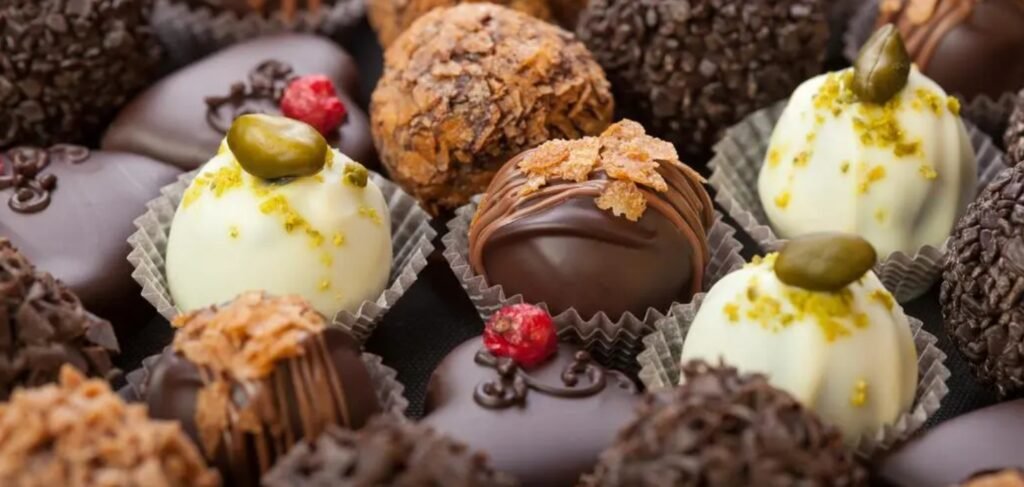

Mussels
Mussels, also known as green-lipped mussels or simply “moules,” are a beloved dish in Belgium. There are many ways to prepare them, but the most famous method is undoubtedly mussels cooked in white wine, often regarded as Belgium’s national dish. The mussels here are fresh, plump, and juicy, simmered with white wine, onions, celery, and more. The aromatic white wine not only masks any fishy flavor but also imparts a rich, sweet aftertaste to the mussels, making for a truly delightful culinary experience.
Fries
Like in all European countries, Belgians have a deep love for fries. The fries in Brussels are truly fantastic, especially when paired with a variety of delicious sauces that leave you craving more. They’re also a classic side to enjoy with the famous mussels in white wine.
Beer
Brussels boasts over 350 different kinds of beer, earning it the title of “Beer City.” Belgium is the only country in the world that has preserved its ancient beer culture. As far back as the 3rd century, beer made its way to Belgium from the Romans, even before it reached Germany. On the streets of Brussels, you’ll see countless signs saying “Biere,” and beer taverns are practically on every corner. Everyone is typically seen holding a glass of locally brewed Belgian beer. When visiting this beer capital, tourists must treat themselves to a bottle of ice-cold local brew from a street-side bar.
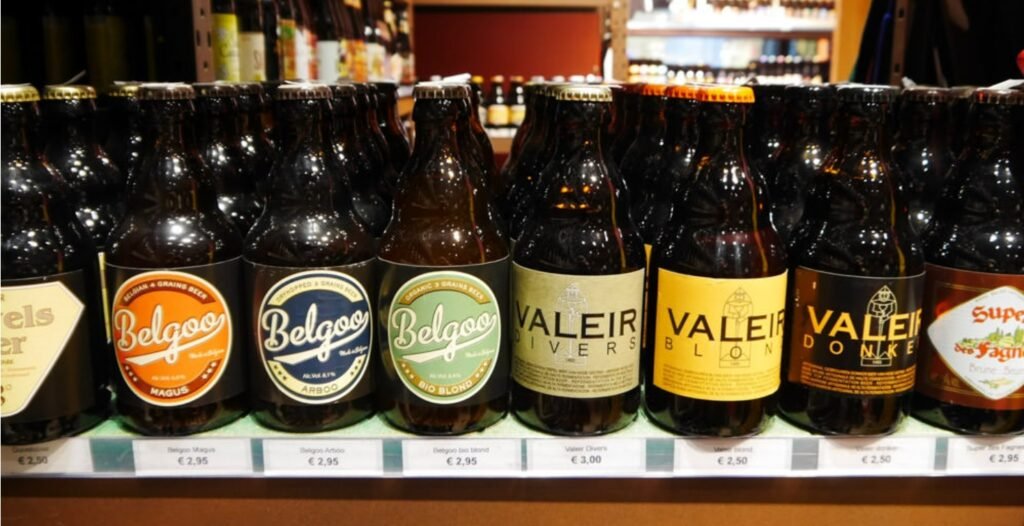
One-Day Tour of Brussels
Grand Place → Manneken Pis → Galeries Royales Saint-Hubert → St. Michael and St. Gudula Cathedral → Brussels Park → Royal Square → Royal Museums of Fine Arts → Belgian Comic Strip Center
Itinerary Details
Brussels’ city center is quite compact, making it easy to explore on foot if you’re feeling up for it. Start your morning at the Grand Place, where you can visit the Town Hall and the Royal Palace, which currently serves as a municipal museum. Here, you can check out the fascinating costumes gifted to the Manneken Pis from around the world. After that, don’t miss the chance to see the famous statue itself.
Next, take a stroll through the Galeries Royales Saint-Hubert, where you can browse various chocolate shops and other boutiques. For lunch, head to Bouchers Street, known for its array of restaurants.
In the afternoon, visit the stunning St. Michael and St. Gudula Cathedral, then cross the picturesque Brussels Park on your way to the Royal Museums of Fine Arts. As the birthplace of iconic characters like Tintin and the Smurfs, a visit to the Belgian Comic Strip Center is a must and will certainly be worth your time!

